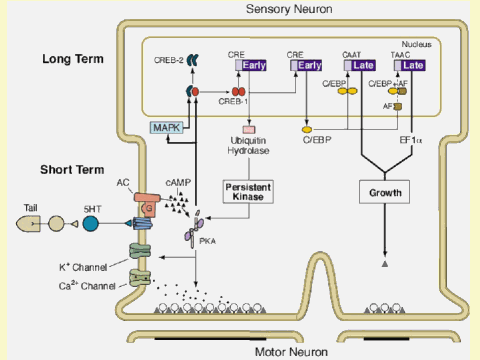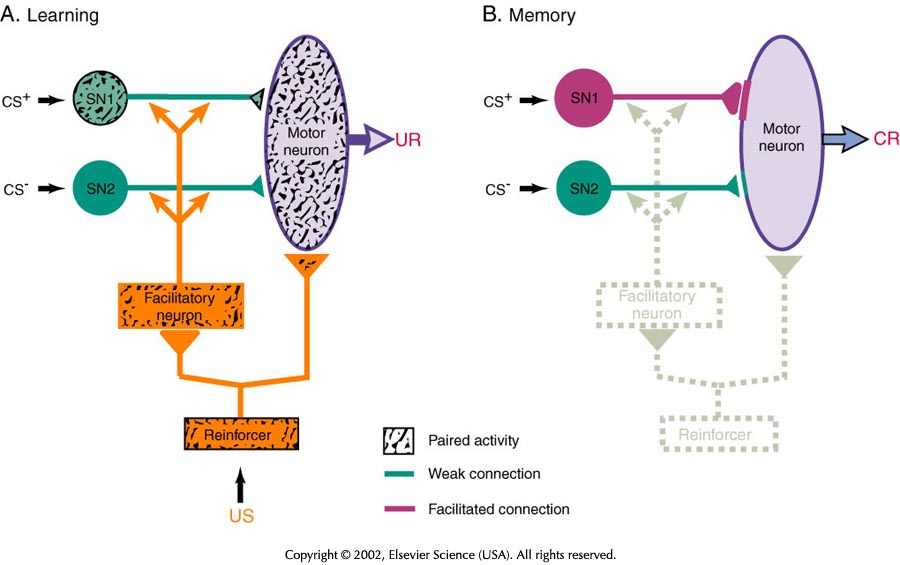Behavioral Neuroscience
Summers
Sensory Stimulation of Siphon Withdrawl
Motor Output driving Siphon Withdrawal
Gating
Conditioning & Memory
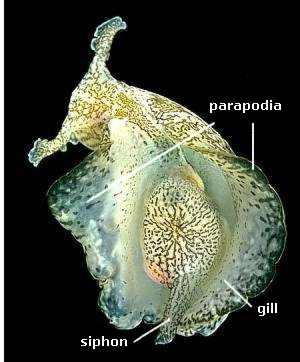
Glu
Acetylcholine (ACh)
5-HT
Aplysia and Siphon Withdrawl
Siphon Withdrawl Circuitry
end Acronyms/Abbreviations Syllabus
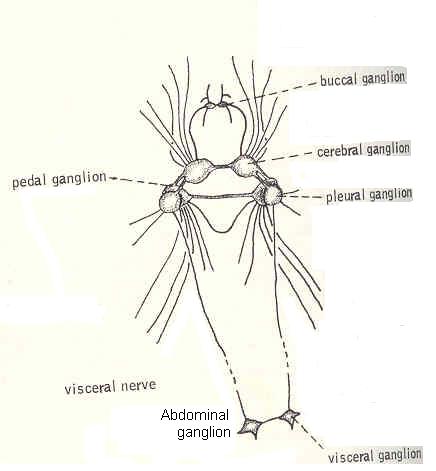
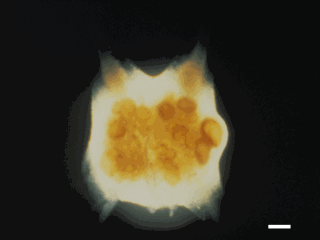
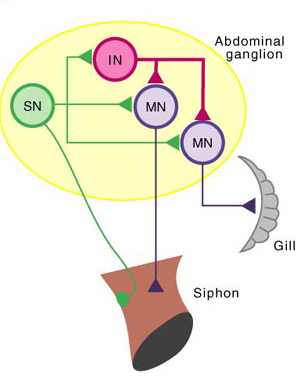
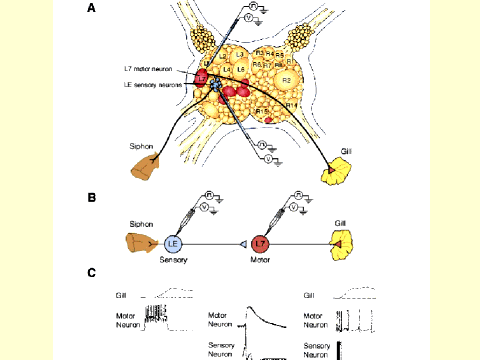
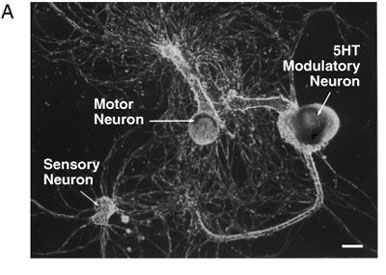
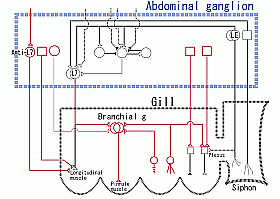
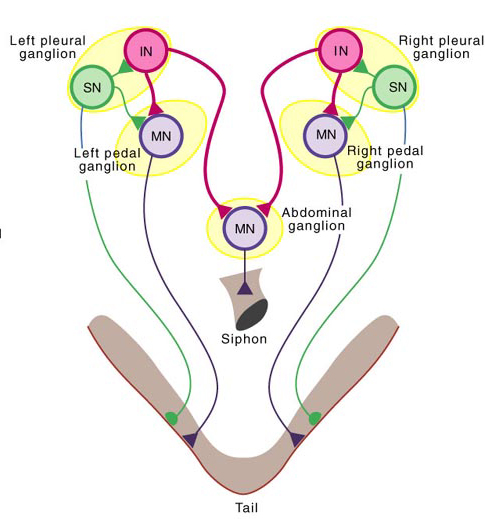
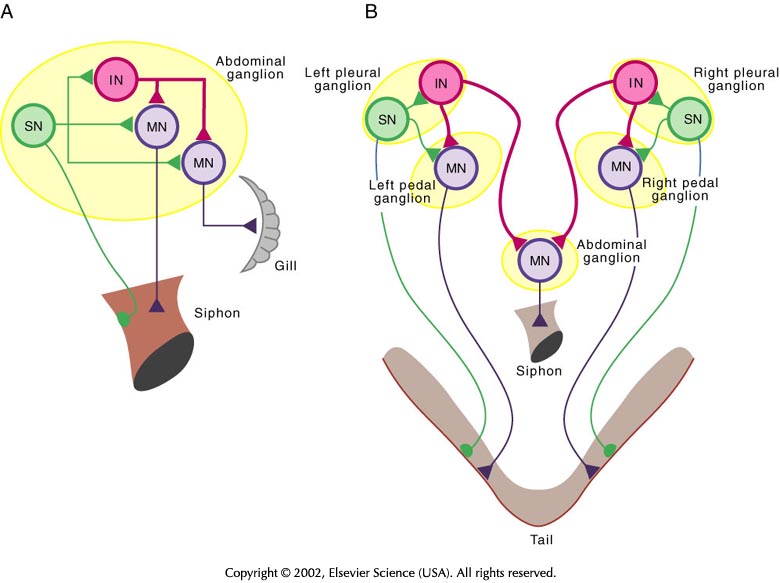
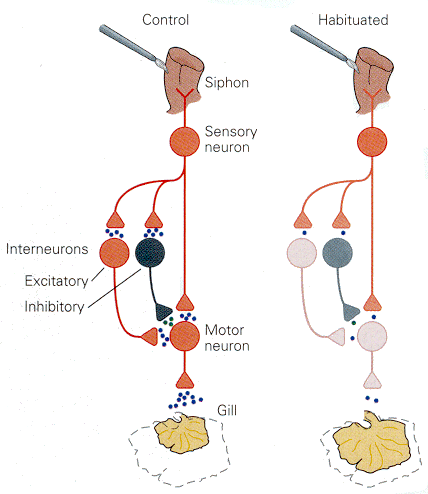
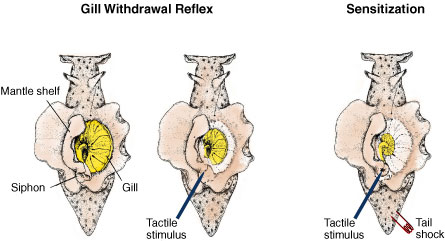
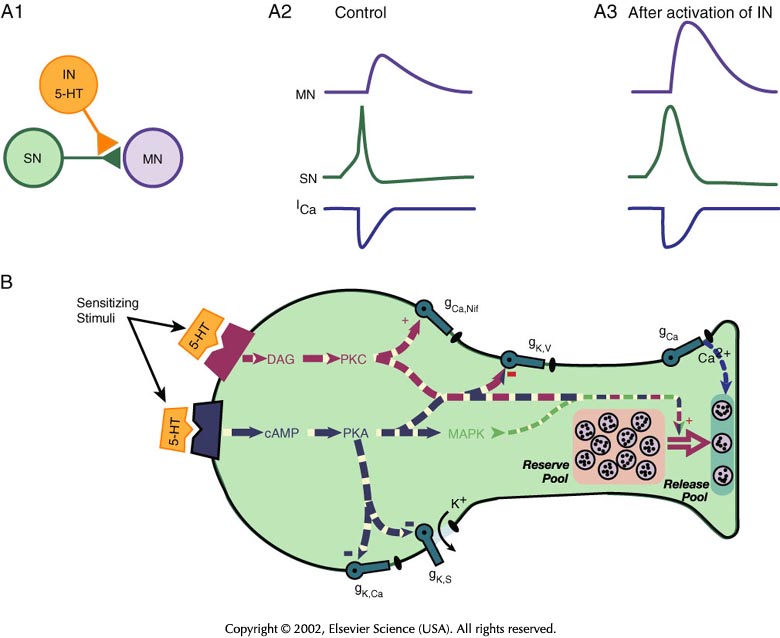
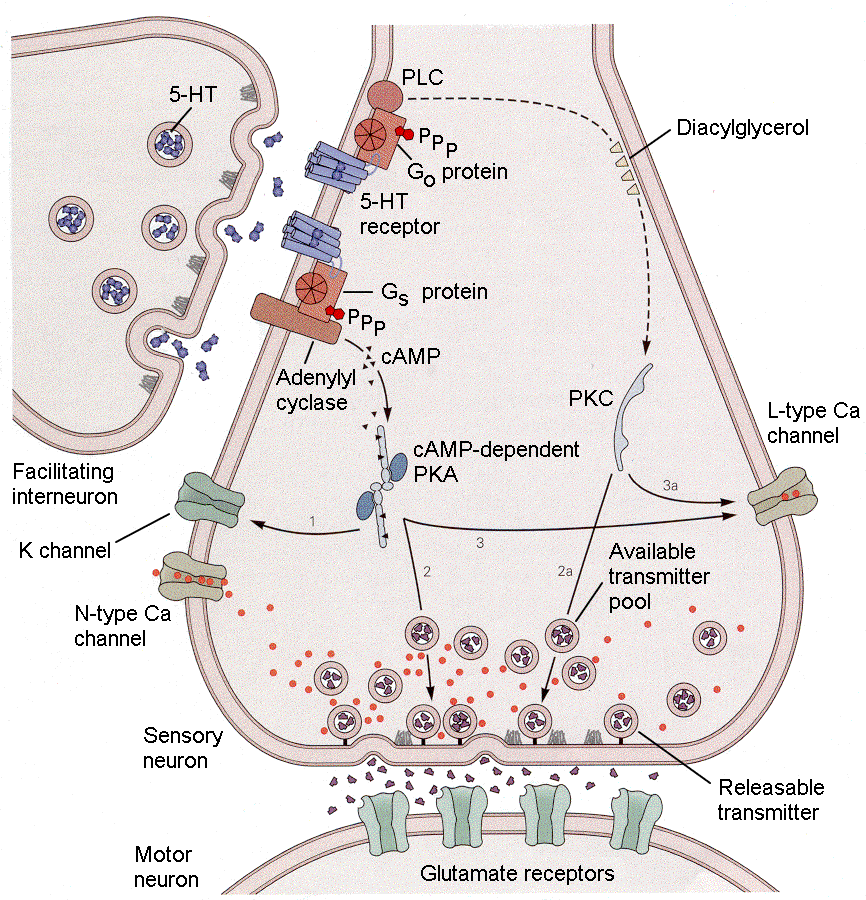
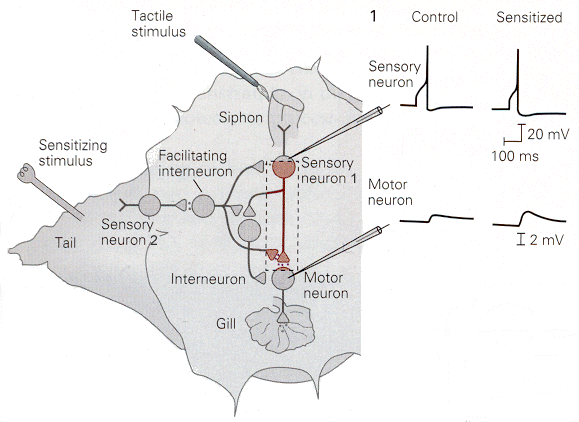
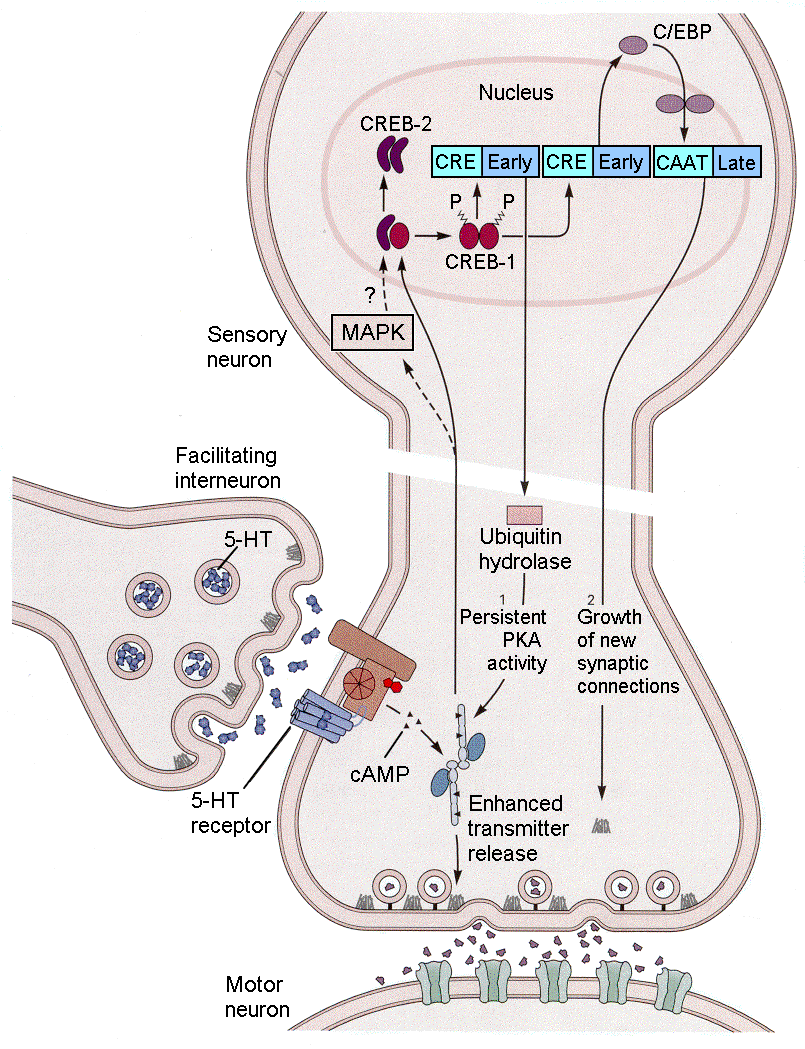
 A model for memory and its persistence in Aplysia. Repeated pulses of 5-HT (5 × 5-HT) to one branch send a retrograde signal to the cell body activating transcription. The newly synthesized mRNAs, some of which are translationally inactive, are distributed to all synapses. One pulse of 5-HT applied to the other branch is sufficient to increase the level of CPEB (cytoplasmic polyadenylation element–binding protein). The newly synthesized CPEBs (conformation A) are the inactive conformational state of the protein. Some of the protein in conformation A, either spontaneously or in a regulated way, converts into the dominant, self-perpetuating active conformation B. Few molecules in conformation B have the ability to convert all of conformation A to that of conformation B. The protein in conformation B can activate the translationally inactive mRNAs by elongating their polyA tail. The CPEB mRNA itself has a putative CPE element. Thus, once activated, the conformation B proteins can potentially regulate the availability of the proteins in conformation A. This can lead to a self-sustaining, autoregulatory feedback loop that could contribute to the stabilization of learning-related synaptic growth and the persistence of memory storage.
From Bailey, C.H., Kandel, E.R., and Si, K. Neuron 2004. 44:49–57. © 2004, Elsevier.
A model for memory and its persistence in Aplysia. Repeated pulses of 5-HT (5 × 5-HT) to one branch send a retrograde signal to the cell body activating transcription. The newly synthesized mRNAs, some of which are translationally inactive, are distributed to all synapses. One pulse of 5-HT applied to the other branch is sufficient to increase the level of CPEB (cytoplasmic polyadenylation element–binding protein). The newly synthesized CPEBs (conformation A) are the inactive conformational state of the protein. Some of the protein in conformation A, either spontaneously or in a regulated way, converts into the dominant, self-perpetuating active conformation B. Few molecules in conformation B have the ability to convert all of conformation A to that of conformation B. The protein in conformation B can activate the translationally inactive mRNAs by elongating their polyA tail. The CPEB mRNA itself has a putative CPE element. Thus, once activated, the conformation B proteins can potentially regulate the availability of the proteins in conformation A. This can lead to a self-sustaining, autoregulatory feedback loop that could contribute to the stabilization of learning-related synaptic growth and the persistence of memory storage.
From Bailey, C.H., Kandel, E.R., and Si, K. Neuron 2004. 44:49–57. © 2004, Elsevier.
